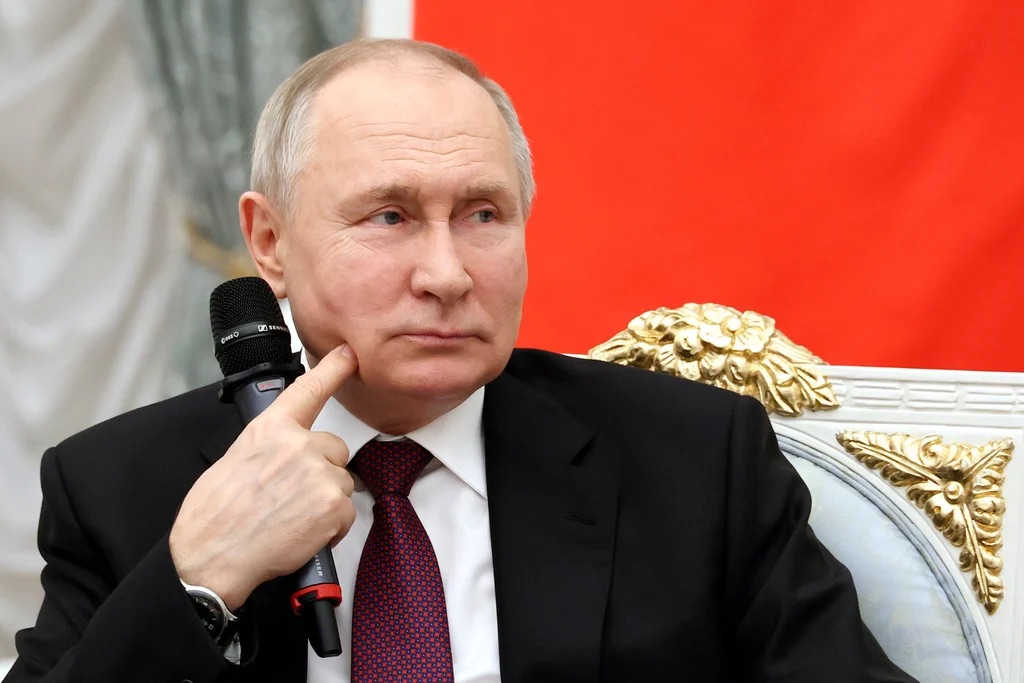
Russian President Vladimir Putin ordered a temporary truce for one day. To allow for this to take place on Easter Sunday, it will begin at midnight Moscow time on April 20. The purpose of the ceasefire was to see whether Ukraine would commit to finding a path to peace. Most importantly, it required Russian forces to cease all military operations across the front line.
Quick Breakdown of the Ceasefire Violations
Negotiated in a hurry, the ceasefire was always expected to give only a short respite from fighting. Yet almost immediately, both Russia and Ukraine were accusing each other of violating it. Ukrainian President Volodymyr Zelenskyy stated that even with the ceasefire announced, Russia was still executing their military maneuvers and attacked thousands of times. He announced that Russia triggered 26 attacks from midnight to noon local time. To our shock, this happened on the literal day of the ceasefire.
Just days before, Russia’s Defense Ministry announced that Ukraine had breached the ceasefire more than 1,000 times. These serious violations led to extensive damage to critical infrastructure and civilian casualties. They presented evidence that Ukrainian forces’ attacks resulted in injuries and deaths to civilians, including children.
In spite of these accusations, even some pro-Kyiv media reported a marked reduction in military movements around the front line. Ukrainian armed forces executives reported a marked decrease in aggressiveness throughout the truce. At the same time, many Russian military bloggers endorsed this perspective, pointing out that frontline activity had dramatically tapered off.
Zelenskyy voiced doubts that Russia would abide by a ceasefire. He remarked, “Either Putin does not have full control over his army, or the situation proves that in Russia, they have no intention of making a genuine move toward ending the war, and are only interested in favourable PR coverage.” His comments are indicative of larger fears about what Russia is really after even as the war continues to rage.
Meanwhile, back home, Zelenskyy is right to be advocating for peace. He announced that Ukraine would extend the ceasefire for an additional 30 days if Russia continues to abide by its commitments. In fact, Putin has placed his chief of defense, General Valery Gerasimov, on alert. Should Kyiv violate the cease-fire, Gerasimov should retaliate “to the fullest.”
Zelenskyy’s Doubts and Calls for Peace
Even U.S. President Donald Trump has expressed a willingness to broker a peace deal to settle the conflict and stop the war in Ukraine. Perhaps most importantly, he highlights the conflict’s international implications. He has repeatedly raised concern for the escalation risks tied to the long-ongoing conflict, reiterating the importance of a diplomatic resolution.
Moscow and Kyiv had in fact come to earlier reciprocal agreements not to strike energy targets. They further agreed to not engage in maritime disputes throughout the truce timeframe. Yet even with the breakdown of this truce, we see that deep-rooted distrust between these two countries is pervasive.
Though the ceasefire tests the waters of that prospect, both sides are still actively judging their military capabilities and political positions. The Easter ceasefire was meant to promote good faith. While these advances were dramatic, they sadly laid bare the challenges that would make real peace in the region elusive.
Author’s Opinion
The Easter ceasefire, while a small step toward diplomacy, underscores the persistent and deep-rooted mistrust between Russia and Ukraine. Despite some signs of de-escalation, the continued violations and political maneuvering from both sides make a genuine peace agreement seem elusive. Until both sides are willing to make serious concessions and build trust, these temporary truces will remain fragile and ineffective.
Featured image credit: FMT
Follow us for more breaking news on DMR
